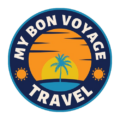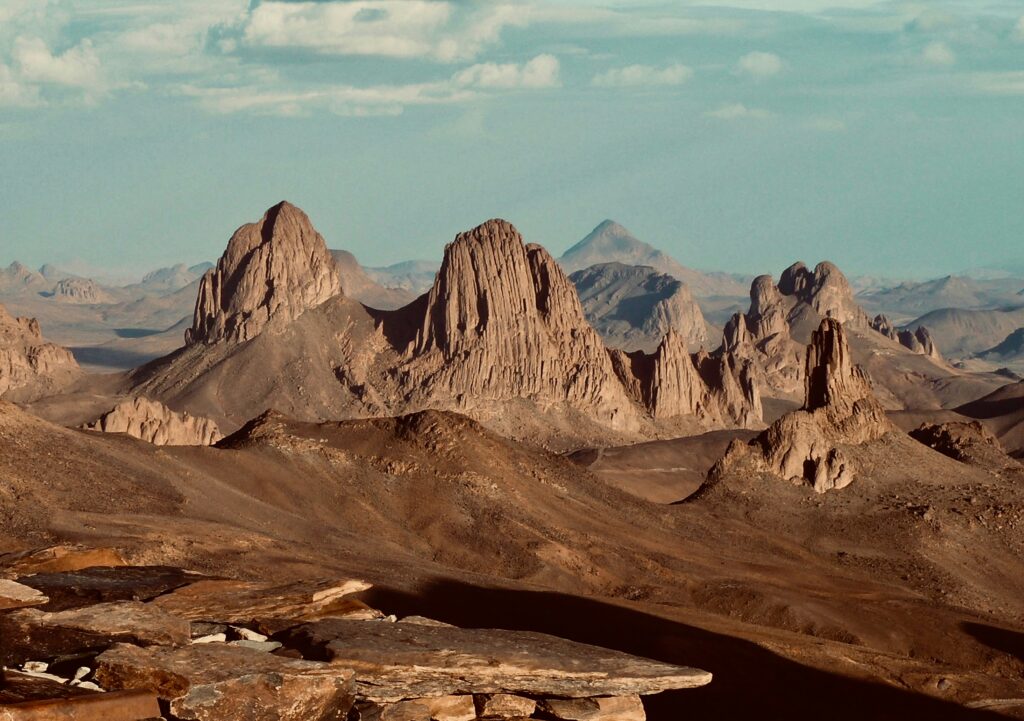Things to See and Do in Algeria, While Keeping Safe: A Traveler’s Guide
Algeria, with its stunning desert landscapes, rich history, and bustling cities, is a country that often gets overlooked in the travel world. But if you’re looking for an off-the-beaten-path adventure, this North African gem offers plenty to see and do. However, like any place, it’s important to keep safety in mind while you’re soaking in the culture. So, here’s your ultimate guide to experiencing Algeria’s wonders — with a side of safety tips, because we want you to come back with stories, not horror stories.
1. Algiers – The White City with a Dash of History
Start your Algerian adventure in the capital city of Algiers. Known as “Alger la Blanche” (The White City), Algiers has a breathtaking combination of colonial French architecture, winding alleyways, and Mediterranean views. While you’re strolling around the Kasbah (the old quarter), be sure to keep your wits about you — and your belongings close. The charm of the narrow streets might make you forget where you’re going, but pickpockets love those same alleyways.
What to See:
- Basilica of Notre-Dame d’Afrique: A beautiful Catholic basilica perched on a hilltop with sweeping views of the Mediterranean.
- The Casbah: This UNESCO World Heritage site is a maze of white-washed houses, narrow streets, and intriguing history.
- Martyrs’ Memorial: A huge monument commemorating the Algerian Revolution. It’s a must-see, but be prepared for the 15-minute hike uphill.
Safety Tip: Keep an eye on your wallet, especially when using public transportation. And don’t wander around too late — the old city gets quiet fast after sunset.
2. Hoggar Mountains – Climbing, Camel Rides, and Breathtaking Views
Looking to escape the hustle and bustle? The Hoggar Mountains in southern Algeria are the place to be. They’re dramatic, vast, and perfect for anyone craving an adventure. You can trek, take a camel ride, or simply gaze in awe at the endless desert stretches. It’s like walking on another planet, but with more sand and fewer aliens.
What to Do:
- Trekking and Hiking: The mountains provide fantastic opportunities for hiking, but it can get pretty hot out there. Make sure you’ve got a good hat and plenty of water, or you might end up as a mirage.
- Camel Rides: You can’t visit the desert without hopping on a camel. Just be warned — camels have their own personalities, and they’re not afraid to show it.
Safety Tip: Remember, it’s a desert. Carry extra water, sunscreen, and, most importantly, know your limits. If you start feeling like your water bottle is your new best friend, it might be time to call it a day.
3. Timgad – Ancient Roman Ruins, Less Crowded than Pompeii
Timgad, often called “The Pompeii of Africa,” is an ancient Roman city that’s incredibly well-preserved. While it might not have the same fame as other ancient sites, it sure has the same wow factor. You’ll wander through columns, theaters, and mosaics — but without the crowds. It’s like a secret history club, and you’ve just gotten the invite.
What to See:
- The Roman Theater: Imagine ancient Romans sitting back, relaxing, and watching gladiators fight while eating grapes. It’s that kind of spot.
- The Arch of Trajan: A beautiful arch that’s still standing strong after all these years — which is a feat in itself.
Safety Tip: Keep your camera close (and not just for the gram). There aren’t many tourists here, so the place feels wonderfully serene, but it’s also remote. Make sure you have a good sense of direction or a guide so you don’t wander off the beaten path… or, you know, get lost in history.
4. Djanet – A Gateway to the Tassili n’Ajjer National Park
For those who prefer a combination of history and natural beauty, Djanet is the place to go. It’s a gateway to Tassili n’Ajjer National Park, a UNESCO World Heritage site that’s famous for its prehistoric rock art and surreal sandstone formations. You’ll feel like you’re part of an Indiana Jones movie, but with less running from boulders and more hiking.
What to Do:
- Rock Art Exploration: The cave paintings are some of the oldest in the world, depicting everything from animals to ancient humans.
- Desert Safari: Get ready for a thrilling 4×4 ride through the desert. You’ll see dunes that are so perfect they might make you wonder if they were placed there by some ancient, sandy architect.
Safety Tip: Djanet is remote, so it’s best to explore with a local guide. Plus, if you get lost in the desert, your GPS might just tell you you’re off the map. Not quite as comforting as your mom’s voice telling you to come home for dinner.
5. Oran – Vibrant Culture and Beaches Galore
Oran is Algeria’s second-largest city and has a coastal vibe that’s perfect for beach lovers. The city’s rich cultural scene, bustling markets, and beautiful beaches make it a great stop for anyone seeking a little bit of everything. It’s vibrant, lively, and just waiting for you to explore.
What to Do:
- Plage les Andalouses: A beautiful beach with clear water — perfect for a day of sunbathing or swimming.
- Sidi El Houari: A historic district with remnants of old forts and mosques, where you can take in the blend of history and modern Algerian life.
Safety Tip: The beaches are generally safe, but like in any busy tourist area, stay aware of your surroundings. And avoid the temptation to flaunt valuable items — no one needs an impromptu beach fashion show with your expensive camera.
Conclusion: Explore and Stay Safe in Algeria
Algeria is a country full of beauty, adventure, and history, but like any destination, it’s important to stay aware and take precautions. Stick to well-traveled areas, travel with a local guide in remote spots, and remember that adventure is always better when you make it home to share your stories.
With stunning landscapes, rich culture, and a sense of discovery, Algeria is waiting to be explored — safely, of course. So pack your bags (and your common sense), and get ready for the adventure of a lifetime!
Photo by Azzedine Rouichi on Unsplash

